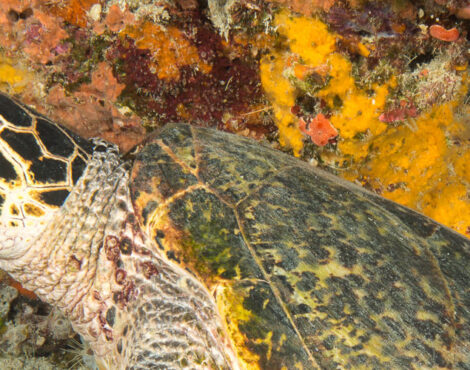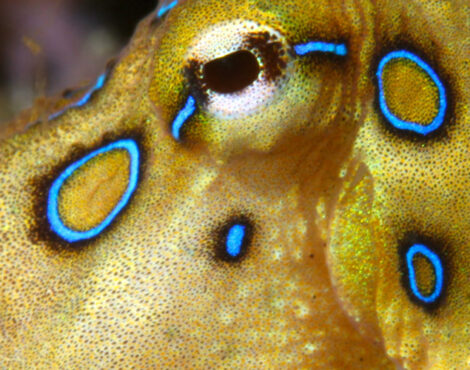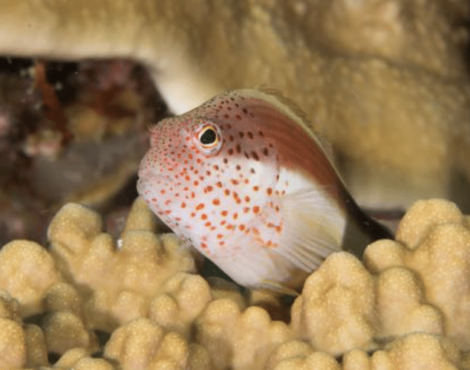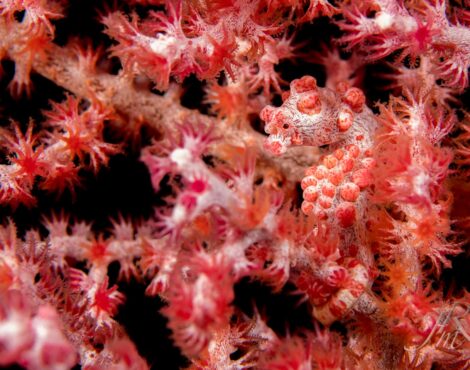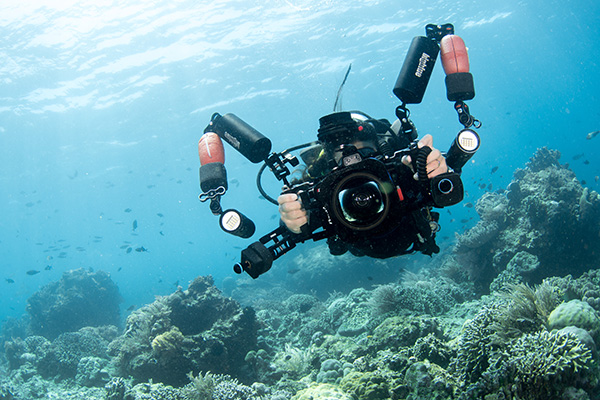
Over the past few years, there has been a boom in the amount of people getting into underwater photography. Recent advancements in camera technology has driven equipment prices to a point where it is an accessible and affordable hobby for almost all divers.
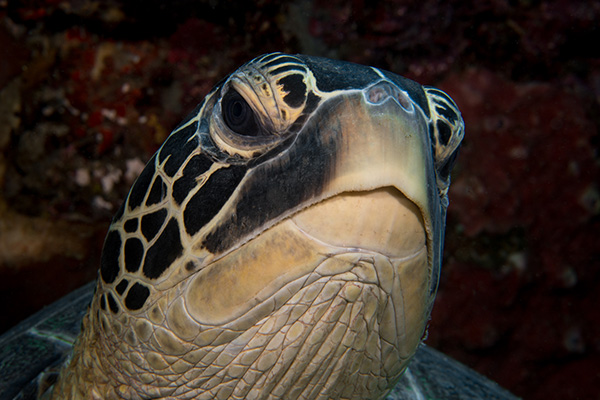
Underwater photography is a fun and rewarding way to enhance your diving experience, and a great way to show friends and family what you have been up to on your holiday â and what you have seen. With over 2,000 species of reef fish and endless invertebrates, Bunaken Marine Park is considered one of the best underwater photography destinations in the world, but can our obsession with getting the perfect shot causing a negative impact on the coral reefs and the animals that inhabit them?
Critter manipulation
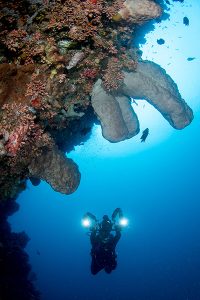
Most divers are nature lovers, however the excitement of getting the perfect shot can get the better of us and make us act in a way that we otherwise wouldnât.
The idea of moving wildlife above water to get the perfect shot is abhorrent to most people, however underwater, critter manipulation is still practised regularly around the world.
Critter manipulation simply means to interact with a critter in a way that evokes a reaction. It could be guiding it to another position with a muck stick, poking it so it moves, trying to make it leave its nest, or picking the animal up and moving it to a more ideal/photogenic spot.
There is strong evidence to suggest that manipulating an animal underwater can cause it significant stress and alter its behaviours. This is particularly evident in cryptic critters who rely on mimicry and camouflage for survival. Once the animal feels it is seriously threatened, it will be forced to make evasive manoeuvrers and flee the safety of its home, leaving it open for predation.
At Siladen Resort & Spa, we take a firm stance against manipulating marine life to enhance a picture or for any other reason. Our guides are trained and expected to not interact with the wildlife in anyway, however we are aware that it has happened in the past, and we know people have offered incentives for the guides to manipulate the critters. We ask any guests seeing this kind of behaviour from either our guides or guests to inform a member of management so the issue can be dealt with.
Lights, Camera, Action!
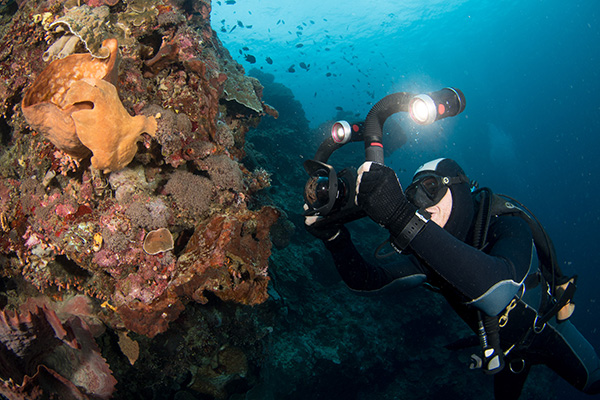
As we descend underwater, the water from above absorbs sunlight, making the reef darker and less colourful than we are used to seeing in photographs. This is why external strobes are a key feature of any underwater photography set up â to bring back the true colours of the reef.
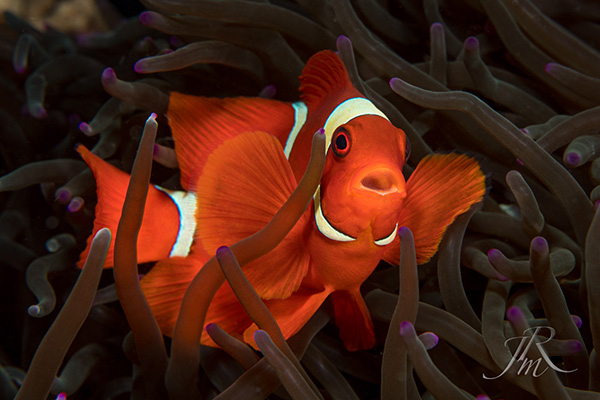
Over the past few years, there has been a lot of discussions over whether or not the use of strobes on animals underwater could damage their eyesight or cause severe levels of stress.
A recent study suggests that the use of strobes did not cause eye damage to the animals that were tested, however the effect of long term exposure is still unknown. Although there was no damage to the eyes of the animals tested, there was still evidence to suggest that some animals were mildly stressed from the flashes â although stress levels were not markedly higher than if the diver did not use a flash.
While the animals tested showed no evidence of permanent eye damage, the study does mention the impact on different species could vary enormously depending on the animals habitat. An animal that lives on the reef top will have eyes that are better adapted to dealing with lots of light than an animal that lives deeper or under overhangs.
For this reason, we still ask that you limit the number of shots taken per subject, although you can rest easy that using your strobes to improve your pictures is not causing significant stress or harm to the critter.
How can I tell if Iâm causing stress?
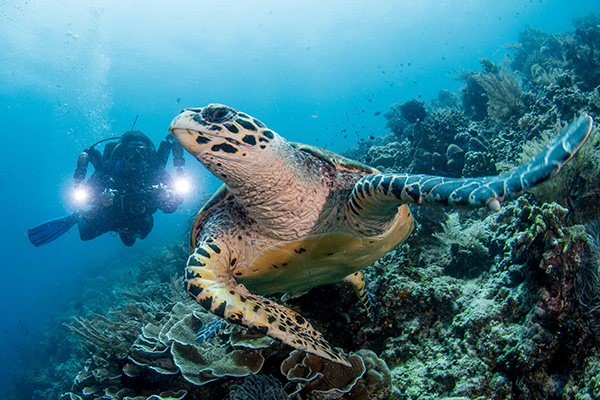
It can be very difficult to know whether or not our presence is causing stress to an animal.
We are as alien to the critters on the reef as they are to us. The difference is that we usually understand what they are.
We are much larger than most of the animals on the reef, and our exhaled bubbles create strange vibrations and sounds in the water. From this same study (and others), we can tell that some animals suffer from a small degree of stress from our presence, although not enough to seriously interrupt their normal behaviours.
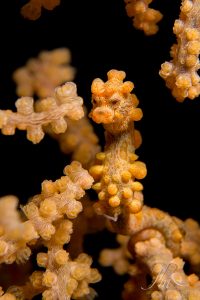 We should always keep this in mind and be on the look out for signs of animal stress while diving.
We should always keep this in mind and be on the look out for signs of animal stress while diving.
For most of the open swimming reef fish, they will simply swim away when you get too close or they feel threatened. The critters may not have an option to do this without seriously endangering themselves, so we need to look for other clues.
Critters like ghost pipefish rely solely on camouflage and mimicry for survival, so they cannot simply flee whenever they feel threatened. Their usual response is to try and hide further in their habitat or turn their back to the threat. If you see any behaviours like these, then you know that your presence is bothering the critter.
We can reduce the amounts of stress we cause to an animal by first keeping a distance, and then slowly moving in closer one at a time. When they do not feel threatened by you, they will go about their normal behaviours and you can get great photos and video.
If, after a few minutes the critter then starts altering its behaviour and tries to hide or turn from you, itâs time to move on to the next subject.
Am I ready to carry a camera?
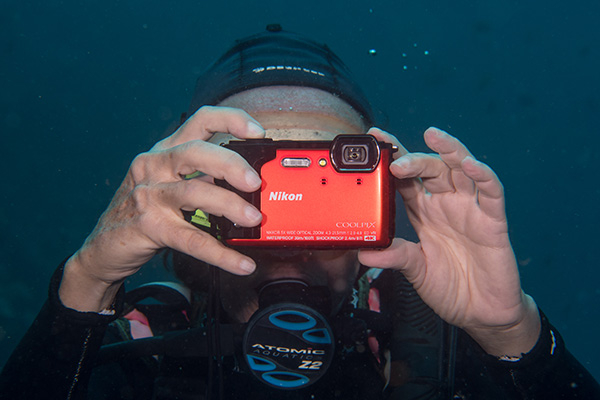
While scuba diving is not inherently difficult, it takes a great many hours of practise for buoyancy and body positioning to become second nature. Because photography equipment is becoming so cheap, it is often the first piece of equipment new divers will buy, however many new divers are not yet ready for taking on additional tasks underwater.
A diver who has not yet perfected their buoyancy or body positioning is likely to lose control of both when trying to take on more complex tasks such as photography. This could mean they sink to dangerous depths (Bunaken Marine Park is famed for its deep walls), floating to the surface (where boat traffic could endanger the diver), crashing onto coral (destroying potentially hundreds of years of growth) or crushing the critters below.
A simple way to find out if you are ready to take a camera underwater is to try other complex tasks on a dive while maintaining a steady depth â such as tying knots, writing long messages on a slate, of deploying a surface market buoy. If you can do these tasks while maintaining depth and body position, then you should be fine to carry a camera with you.
If you feel you are ready, but still worry about your knees dropping and catching the coral, our dive guides can help you. They are trained to find a suitable resting point with their muck sticks, and you can hold onto them for support. If you would like this assistance, please let your guide know so they can be ready for when you want to take a photo.
Muck diving is a great way to practise photography without having to worry too much about losing control of your buoyancy or positioning. The North Sulawesi coastline close to Siladen consists of both black sand and white sand slopes, and while there are critters living in the sand, the impact of crashing to the bottom would be far less than if it were reef below. Of course, you should always keep an eye on whatâs below you before getting ready for the photo.
Taking a photography course
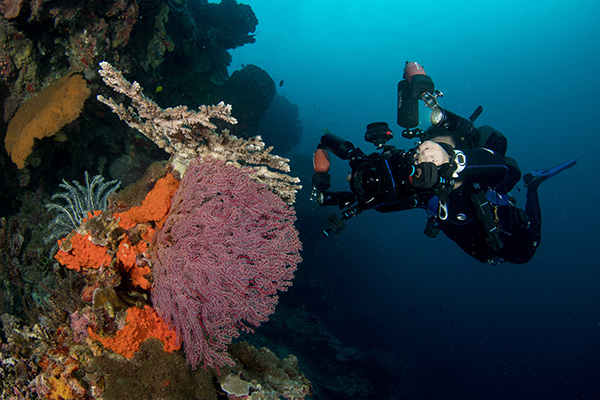
If you are new to underwater photography, and want to get hands on experience under the supervision of an instructor, maybe you should take an underwater photography course.
At Siladen Resort & Spa, we offer underwater photography courses through INON â one of the worlds leading underwater photography brands. The course can be done over a few dives, and you will cover topics such as macro, wide-angle, using natural light, and much more.
As we strive to have as little impact on the marine environment as possible, a key focus of the course is to be able to take great photographs with correct body positioning and maintaining buoyancy. If you are interested in taking an underwater photography course during your vacation with us, just tell any of the dive centre or resort management and we can discuss your options.
.


